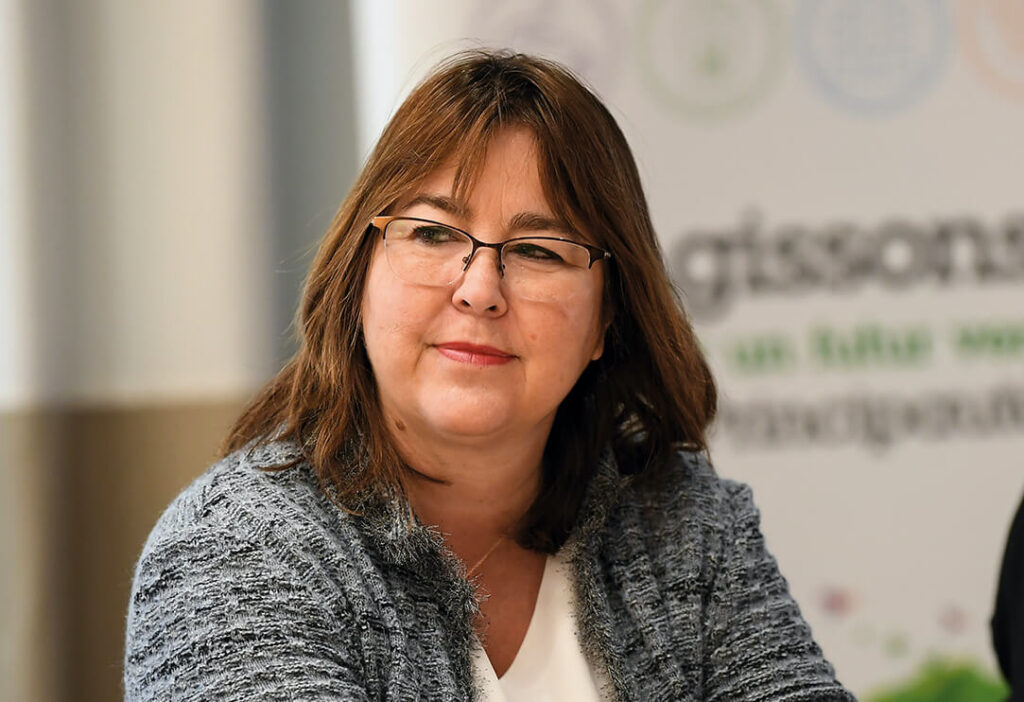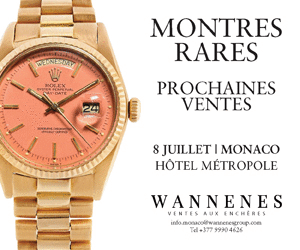Marie-Pierre Gramaglia: “We are working on a line between Nice and Cap d’Ail”

The Minister of Public Works, the Environment and Urban Development spoke to Monaco Tribune about the current situation and the various projects underway concerning the development of transport in Monaco.
While cycle paths are flourishing all over the Principality, Marie-Pierre Gramaglia gave an update on means of transport in Monaco. Between reducing the use of cars, increasing the use of bicycles as well as discussing projects for a new boat line and funicular, the Minister unveiled the broad outlines of the Government’s newly implemented policy.
Given COVID-19, is the subject of transport in Monaco at the heart of government action more than ever?
Mobility and travel have long been at the centre of the Government’s actions, whether it concerns moving in and out of the Principality or traffic within Monaco itself. This has been done regardless of the pandemic. Our policy encourages public transport and soft mobility.
How is the Principality adapting on this level in the face of COVID?
Since the pandemic broke out, the Government, and more broadly all the Principality’s institutions, have taken necessary measures to respond to various health, economic and social emergencies. Our world came to a halt in an instant. Today, all sectors, whether economic, social, sporting or cultural, are cautiously getting back to normal one by one, while continuing to follow health regulations. The State support we offer them is still in place.
Using the car for everything and all the time is not the right answer. Public transport makes it easy to get around in the Principality.
Do you think the ideas around travel and how people travel will change?
On several occasions, I have had the opportunity to remind people that it is up to each and everyone to think about their own travel. Using the car for everything and all the time is not the right answer. Public transport makes it easy to get around in the Principality. The network of elevator links is becoming denser every year and makes it easier to travel on foot. Finally, the “Monabike” electrically-assisted bicycle service will be extended by the end of the year, with 11 new stations for a total of 400 bicycles. It is also possible to combine all the modes of transport available.

Will the number of cycle paths and the use of bicycles in the Principality increase?
Cycling is becoming increasingly more a part of our lives and our city, as H.S.H. the Prince encourages us to do. Bicycles can now use bus lanes. A few years ago we installed a cycle path on avenue Princesse Grace, at 1.5km long. We have just marked out a cycle path that connects the Fontvieille district to the Port via the tunnel under the Rock. When you reach the Quai Antoine 1er, you can join the bus lane of the Boulevard Albert 1er or the swimming pool road. These cycle lanes are making progress but we must do so while sharing public space fairly between two and four-wheel drives, pedestrians and urban transport.
The objective is to reduce vehicle traffic by 20% by 2030.
The objective is to reduce car travel then?
Indeed, the objective is to reduce vehicle traffic by 20% by 2030, while integrating new forms of traffic, and thus going back to a level equivalent to that of the early 1990s. To achieve this, we are considering building a car park on the edge of the Principality, increasing TER services, people working from home and urban public transport connections, and new pricing policy for public car parks.
Are there plans to increase the number of pedestrian areas in Monaco?
As I mentioned earlier, walking in the Principality is made easier by a cluster of elevator links that make it easy to move from east to west and from north to south of the city. The new Mer Mareterra district, which is under construction in Anse du Portier, will be entirely pedestrianised. No vehicles will be able to use this area: only an underground road accessible from the Portier roundabout will serve the residential areas.
A boat line linking Menton to Monaco has been proposed. What is the progress of the project?
We are on a direct line between Nice and Cap d’Ail. It’s a project on which we are working closely with the French authorities, both regional and national.
How can future mobility (auto-driving trains, driverless cars, high-tech river shuttles, small autonomous buses, drones with two or three passengers, etc.) be implemented in a territory as dense as Monaco?
Regarding the medium-term future of mobility in the Principality, we are still working on a Clean Site Collective Transport system linking East to West and on a funicular railway project between the Exotic Garden and Fontvieille. These are important projects to which we devote time and thought. For all the subjects you mention, the Principality is conscious of new developments, we will see which ones can be adapted to our territory.









